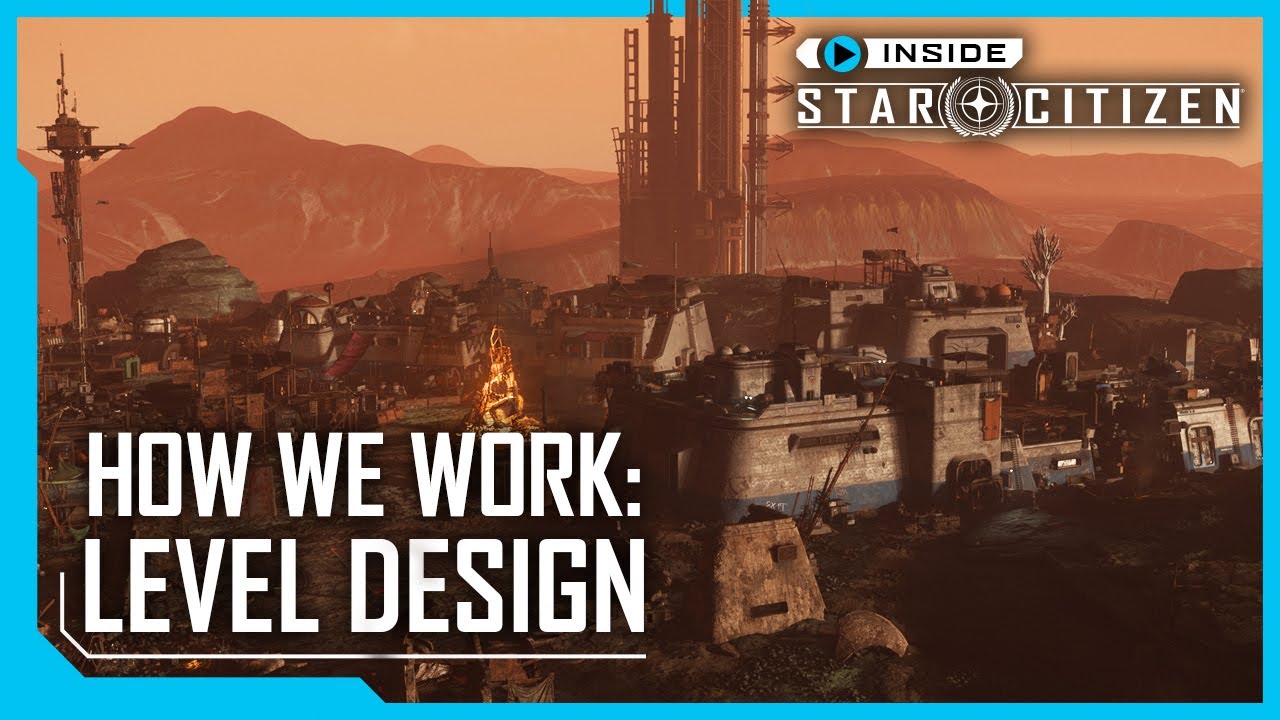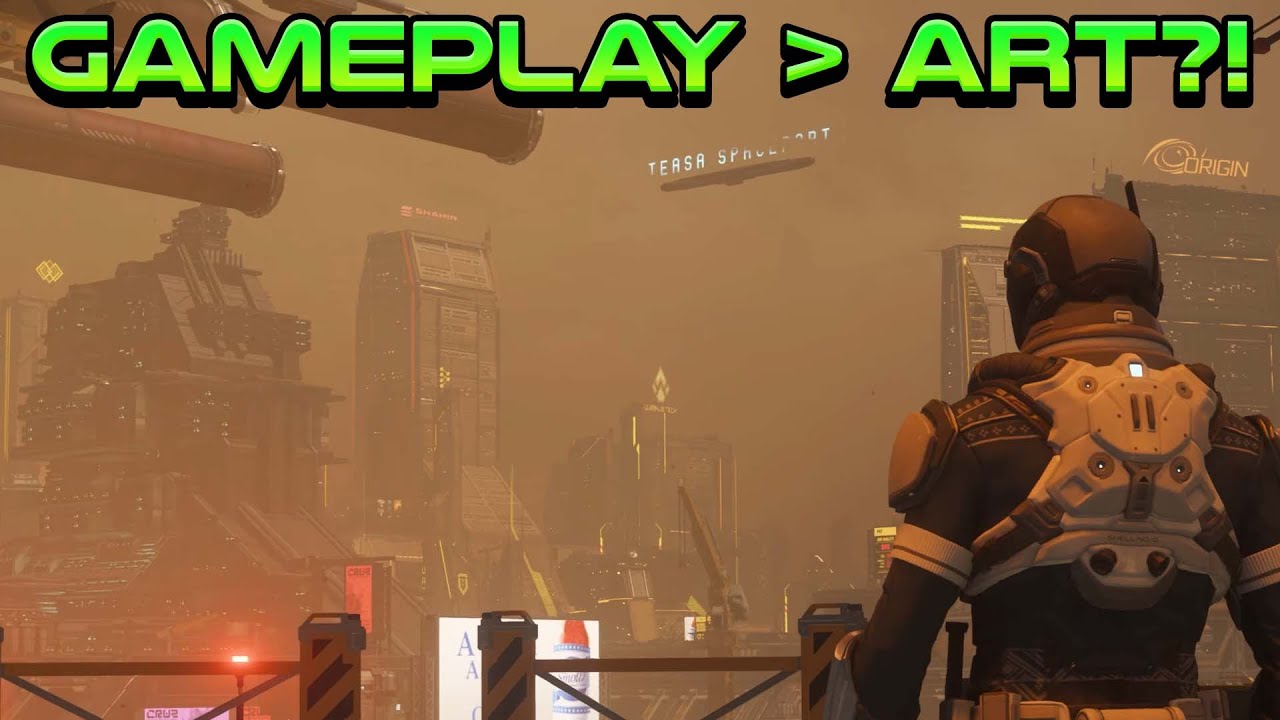The video explores the world of level design in game development through the lens of the Frankfurt team working on Star Citizen. The team focuses on creating immersive and engaging gameplay environments by emphasizing readability, flow, options, clustering, scale, and proportion, collaborating with various departments to ensure a cohesive and dynamic player experience in the evolving universe of Star Citizen.
The video delves into the world of level design in game development, focusing on the team from Frankfurt working on Star Citizen. Level design is described as the intricate process of combining gameplay elements and environments to create a cohesive and engaging experience for players. The team is responsible for designing spaces, accommodating various in-game elements like hangers, ATC, transit systems, and elevators. They emphasize the importance of readability, flow, leading lines, options, clustering, scale, and proportion in creating immersive and intuitive gameplay environments.
The level design team aims to provide players with multiple options to complete objectives, ensuring different playstyles are accommodated. They utilize techniques like clustering to group objects and create natural points of interest within locations. Scale and proportion are crucial considerations, as they impact the player’s perception of space and immersion in the game world. The team iterates on designs through pre-production, white boxing, and final art stages, ensuring consistency and functionality in the final product.
The video highlights the ongoing maintenance and additions to locations, as new functionalities and gameplay features are introduced. The level design team collaborates with various departments such as lighting, mission design, environment art, audio, and narrative to ensure a cohesive and coherent game experience. They strive to enhance the flow and efficiency of stations, offer engaging gameplay content, and create distinct identities for outposts in different locations like Pyro.
The team’s focus on balancing gameplay with visuals and incorporating player feedback underscores their commitment to creating an enjoyable and immersive experience in Star Citizen. They aim to optimize gameplay loops, provide opportunities for exploration and discovery, and offer diverse gameplay scenarios for players to enjoy. Level design is portrayed as a multidisciplinary field that plays a pivotal role in shaping the overall player experience and contributing to the evolving world of Star Citizen.
In conclusion, the video showcases the intricate and collaborative nature of level design in game development, emphasizing the team’s dedication to crafting engaging and dynamic gameplay environments. Their efforts to learn from past experiences in Stanton and apply those lessons to the upcoming Pyro region reflect a commitment to continuous improvement and player satisfaction. The philosophies and principles guiding the level design team’s work underscore the importance of creating a cohesive and enjoyable gaming experience for players, setting the stage for a promising future in Star Citizen’s evolving universe.
salt-e-mike reacts:
The video focuses on level design in Star Citizen, highlighting the team’s approach to creating cohesive gameplay experiences. The level designers prioritize readability, flow, and player choice, collaborating with various teams to bring environments to life and balance gameplay with visuals.
In this episode of Inside Star Citizen, the focus is on level design and how the team at Frankfurt approaches their work. They emphasize the importance of combining gameplay elements with the environment to create a cohesive experience for players. Level design involves designing the space itself and accommodating everything that goes inside it, such as hangers, ATC, and transit systems. The team aims to create environments that are readable, with clear layouts that guide players where they need to go and what they need to do.
The level designers also prioritize flow and leading lines in their designs, ensuring a good composition of layout, lighting, and props to provide a mix of combat spaces and exploration opportunities. Options are important to give players multiple ways to approach situations, whether through combat, stealth, or puzzle-solving. Clustering techniques are used to group objects together to create natural points of interest within the environment, while scale and proportion help define the foreground, mid-ground, and background spaces to guide player focus.
The team discusses their process, starting with pre-production phases where they gather references, sketch layouts, and create top-down maps. They then move on to white-boxing, where basic shapes are used to define the space and gameplay elements. The final art phase focuses on making the locations visually appealing while ensuring the original design intent is maintained. Maintenance and additions are ongoing as new functionalities are added to the game, ensuring that locations remain engaging for players.
The level designers collaborate with various teams, including lighting, mission design, environment art, audio, and narrative, to bring all elements together cohesively. They aim to create stations and outposts with distinct identities, catering to different player preferences such as combat, social interactions, or puzzles. The team is focused on balancing gameplay with visuals, aiming to offer engaging gameplay content that players can discover on their own. The episode concludes with a reflection on the evolving philosophies guiding level design, lessons learned from Stanton, and the team’s aspirations for creating a unique experience in the upcoming Pyro system.

